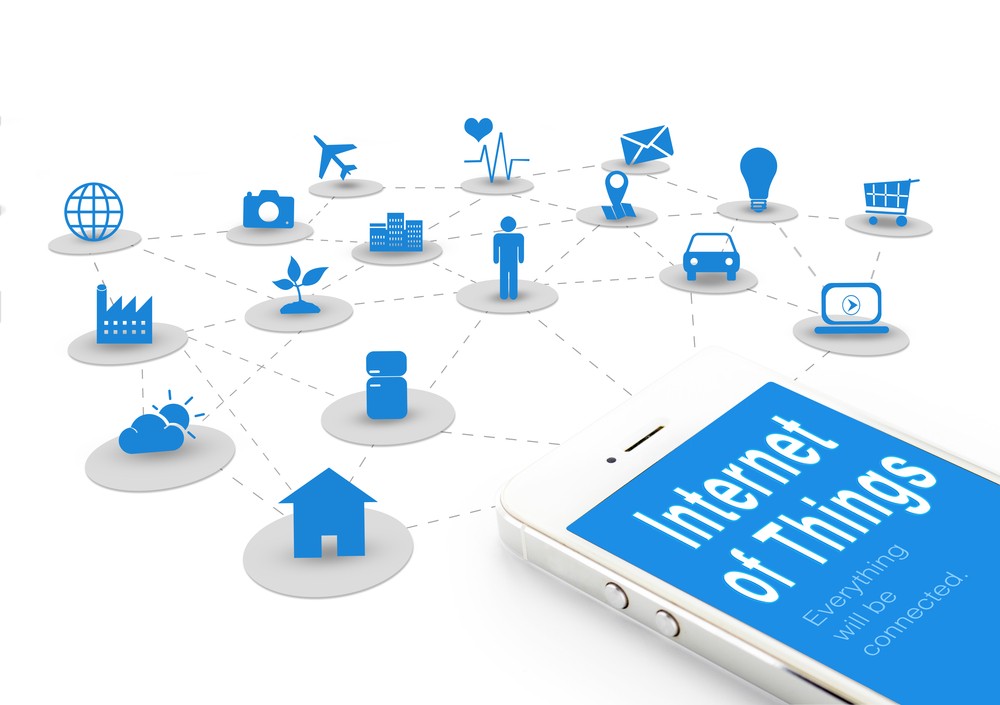Many Internet of Things (IoT) projects are facing concealed expenses and performance issues due to an excessive focus on low-cost connectivity, claims Eseye, an IoT connectivity solutions company. Their report, "Beyond the Price Tag: The True Cost of IoT Connectivity," cautions that prioritising cheap options is often a misguided economy.
According to the report, 68% of senior IoT decision-makers agree that inexpensive connectivity providers do not offer long term investment returns, urging businesses to consider the comprehensive Total Cost of Ownership (TCO). The TCO includes all the costs associated with designing, deploying, and maintaining connectivity across a device's lifespan to assess the true value of these investments.
Eseye highlights five crucial steps for businesses evaluating IoT projects:
- Evaluate the Full TCO: Companies must look beyond the initial SIM card or connectivity quote to include potential service interruptions and ongoing maintenance costs.
- Relate Connectivity to Revenue: For models such as EV charging stations, connectivity issues result in direct loss of revenue. In critical applications like remote health monitors, uptime is essential.
- Consider Lifecycle Design: Addressing connectivity at the design stage can significantly enhance TCO, such as optimising battery life and developing a universal SKU to cut logistics and compliance expenses.
- Manage Operational Costs: Global device deployment can result in unforeseen data roaming charges. Solutions like eSIM localisation enable dynamic network selection to reduce these costs by up to 80%.
- Avoid Future Network Risks: As the technology landscape evolves, with recent 3G shutdowns in the UK, devices not compatible with 4G or 5G may face withdrawals or costly upgrades.
“Too many promising IoT projects are undermined by a short-sighted focus on upfront costs, leaving them vulnerable to connectivity failures, spiralling operational fees, and an inability to scale. In a survey of senior IoT decision-makers, Eseye found that 99.6% of IoT deployments fail to meet required connectivity levels,” said David Langton, CMO at Eseye. “Enterprises are often tempted by the cheapest per-unit connectivity offer, but this rarely delivers the best long-term value.”
The implementation of a TCO strategy can be transformative. In a detailed case study, Eseye partnered with a global advertising brand, discovering a five-year TCO saving of £8.8 million through eliminating redundant hardware ,reducing data fees, fewer outages and the avoidance of vendor lock in.




